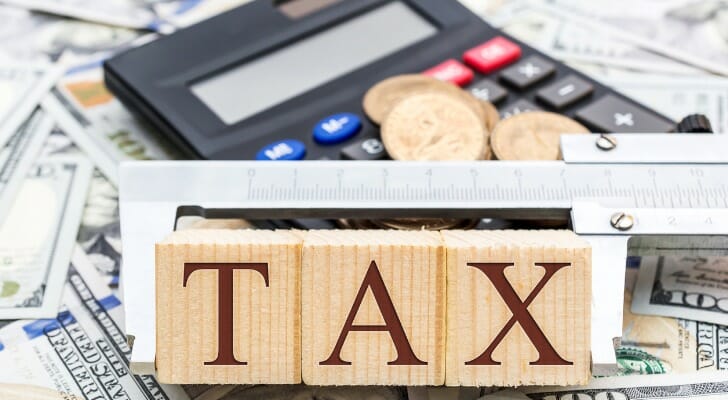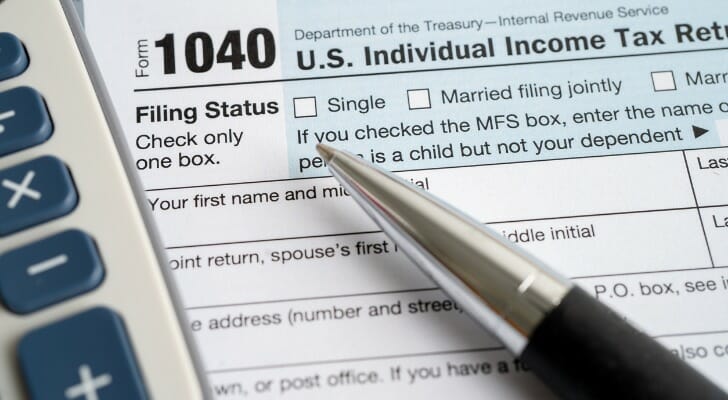
The idea of a progressive tax system helps ensure that there is some standard equity in the taxes that individuals with various levels of income incur. At its core, this means you’ll pay more in taxes as your taxable income increases. So with progressive tax brackets, there’s a direct correlation between income level and the associated tax rate. This means that lower-income filers will pay less in taxes than higher-income earners in higher brackets. Understanding how the progressive tax system works in the U.S. can provide you insight into how to manage your taxes.
Financial advisors can offer professional tax planning for your future financial goals. Speak with a financial advisor today.
How Does a Progressive Tax System Work?
While lower-income filers encounter low tax rates, high earners take on a heavier tax burden in a progressive tax system. This is because progressive tax rates rise as taxable income rises. The federal income tax system provides a great example. This system uses income ranges to create tax brackets.
In the U.S., income tax rates increase as tax filers’ income levels increase. For the 2022-2023 tax year, married couples filing jointly will be taxed at a 10% rate if they make between $0 and $20,550. However, the rate shoots up to 37% for couples making more than $647,850. In other words, these taxpayers pay incrementally higher tax rates only on the portion of income that’s within each bracket’s parameters.
Types of Progressive Taxes to Know

The idea of a progressive tax system has become the most prominent form of taxation in not only the United States, but most of the world. That’s because it allows individuals to be taxed in a fairer manner than a flat rate system can handle. However, progressive taxes come in a handful of different variations in the U.S. Here’s a breakdown of some of the most common examples:
- Income taxes: As mentioned above, income taxes rise as taxable income rises. Though income tax rates vary by location, the result is the same: lower-income filers pay less and higher-income filers pay more.
- Estate taxes: Estate taxes act as progressive taxes because individuals with larger estates incur larger tax bills. For instance, an estate between $500,001 and $750,000 will be charged at a rate of 37%. Those with estates over $1 million will pay taxes at a 40% rate.
- Capital gains taxes: These taxes are levied on investment returns. Capital gains taxes and net investment income taxes are prime examples. As of taxes filed in 2023, individuals will pay 0% in capital gains taxes if they earned less than $41,675 in long-term qualified investment income. For those who earned $459,751 or more in long-term qualified investment income, they’ll incur a 20% capital gains tax rate.
Progressive Tax vs. Regressive Tax
One of the key differences between progressive taxes and regressive taxes is that progressive taxes are more beneficial to lower-income individuals. While progressive tax rates rise as income levels rise, regressive taxes place a heavier financial burden on low-wage earners.
Sales taxes, Social Security payroll taxes, property taxes and sin taxes are all forms of regressive taxes. For example, payroll taxes are regressive because individuals making less than $160,200 in 2023 have to pay 6.2% of their income, while filers making above $160,200 don’t have to pay payroll taxes on the portion of their income that is greater than that amount.
Bottom Line
In a progressive tax system, higher-income individuals will pay more in taxes than lower individuals. This is because the tax rate increases as taxable income rises. This is different from a regressive tax system in which high earners pay the same or less in taxes. It’s wise to familiarize yourself with the different types of progressive and regressive taxes so you can understand the U.S. tax system.
Tax Planning Tips

- A financial advisor can provide solutions to your tax planning questions. Finding a financial advisor doesn’t have to be hard. SmartAsset’s free tool matches you with up to three vetted financial advisors who serve your area, and you can interview your advisor matches at no cost to decide which one is right for you. If you’re ready to find an advisor who can help you achieve your financial goals, get started now.
- If you purchase a stake in the stock market, SmartAsset’s capital gains tax calculator can help you determine the impact capital gains taxes will have on your investment gains.
Photo credit: ©iStock.com/LIgorko, ©iStock.com/sasirin pamai, ©iStock.com/Rockaa